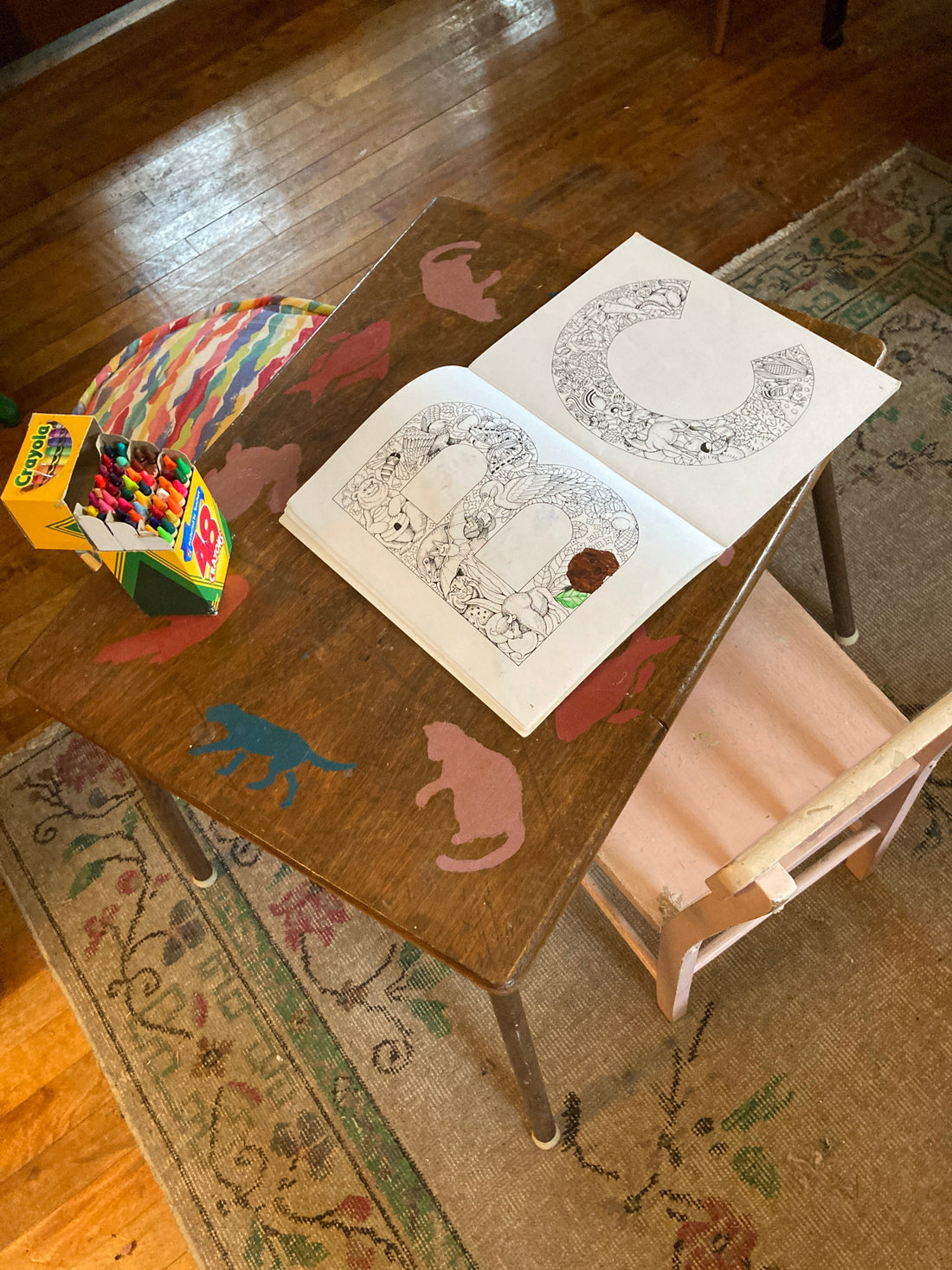
Family Friendly Decorating
When we bought our house, our teenagers wanted their bedroom walls covered with graffiti, and invited friends – with spray paint – to help decorate. What could go wrong?
When a family – or any group of people who plan to live together – first walks into a new home, each person will have some ideas, and more importantly, dreams, of how they hope to transform and personalize the space. It is indeed challenging, especially within a limited budget, to turn all these hopes and dreams into a cohesive decorating plan.
Often one of the first questions asked by a designer on television is “what’s your style?” And just as often each family member has a different answer, creating conflicts the designer must resolve by the show’s end. In real life, we can have different “styles” and still have common goals; chief among them, most likely, is creating a safe and inviting home. Concentrating on the feeling and mood prompted by each room is a great place to start, because we most likely agree on the feelings we want our homes to foster within us.
With this in mind, it’s very possible to furnish common spaces so that everyone feels welcome and heard. Framed as a treasure hunt or an adventure, shopping for your home can become so much more than a dreaded chore that only one or two of you enjoy. A great way to make shopping for your home fun for everyone is to frequent thrift stores and garage sales, where there are so many interesting things to catch the eye and stimulate the imagination. Using second-hand pieces in your home helps you build layers of interest, character, history, and enough tension to keep things exciting. If you decorate slowly, no one else is likely to have the same combination of things that you do. Your home will always feel uniquely yours rather than a showroom floor, and timeless rather than a time capsule. Sharing the journey ensures that the home you build together represents all of the people it houses. Slow decorating which allows for both strategy and serendipity means that we all have stories to tell about how we turned our house into a home.
However, decorating with children in mind is what most of us associate with a phrase like “family friendly decorating.” Many children, like our kids did, have very clear ideas of what they want their rooms to be. They want princess rooms, dinosaur rooms, sports rooms, forest rooms. But focusing on the feeling of a room, rather than on a style or theme, can create a space in which a child’s imagination can flourish. Instead of creating a “princess room,” help your child feel like royalty with a favorite color on the walls, diaphanous or sumptuous bedding and drapery, and an elegantly luxurious rug. Augment these basics with a crystal chandelier or a collection of thrifted brass lamps, and a painted desk or built-in with glass or brass knobs and accessories. Then add personal touches like lace or ribbon borders glued to the lampshades and a few needlepoint or tapestry throw pillows. Hang vintage art alongside your child’s own framed artwork on the walls. Your child can revel in the elegance now and when they are ready for a change, you can swap some of the frillier stuff out.

An important facet of living with others is to pay attention to how much clutter and disorganization each person can accept and provide storage which appropriately accommodates each person’s tolerance. For some, this will mean keeping everything behind closed doors while for others, clear and/or open storage helps them quickly find what they need. There is no one right answer, and part of living with others is accepting and adapting to these differences. This is particularly important for living with young children, who always seem to have a ton of stuff, and who don’t always understand putting it away. What you leave out as you decorate is just as important to how your home looks as what you bring in, and what you see is just as important to how your home feels as what you don’t.

Family friendly decorating certainly includes using performance fabrics and washable slipcovers, but it is about so much more than durability and washability. To us it means making your home feel inviting, safe, and inclusive for all who live there and who come to visit. We’ve said it before: your home should tell your story. In a family there are many stories to tell, and they all have a place, the place we call home.

Finally, even the smallest gestures can go far in creating a family friendly home. To nurture our granddaughter’s curiosity and sense of wonder when she visits, we use three small lacquered boxes which sit on a low set of shelves in our living room. Currently the boxes are filled with toy cars, costume jewelry, and plastic frogs, but we change out the contents each time she visits. The boxes have quickly become what she chatters about most as she comes to our door, and what she looks for first as she enters the room. The boxes may well become a story she will tell for many years to come.
As for the graffiti, a year or so after it went up, it was concealed under a stain covering primer and a coat of teenager-approved blue paint. A decade later, as the bedroom transitioned into a home office, the blue was covered with a quiet pink beige. But we know the graffiti is still there, and that it remains one of the many stories our home can tell.
For more about slow decorating, click here
For more about thrifting for the home, click here
For more about seasonal design, click here
To browse and shop our Tropical Style collection, click here
To browse and shop our Indoor/Outdoor collection, click here
